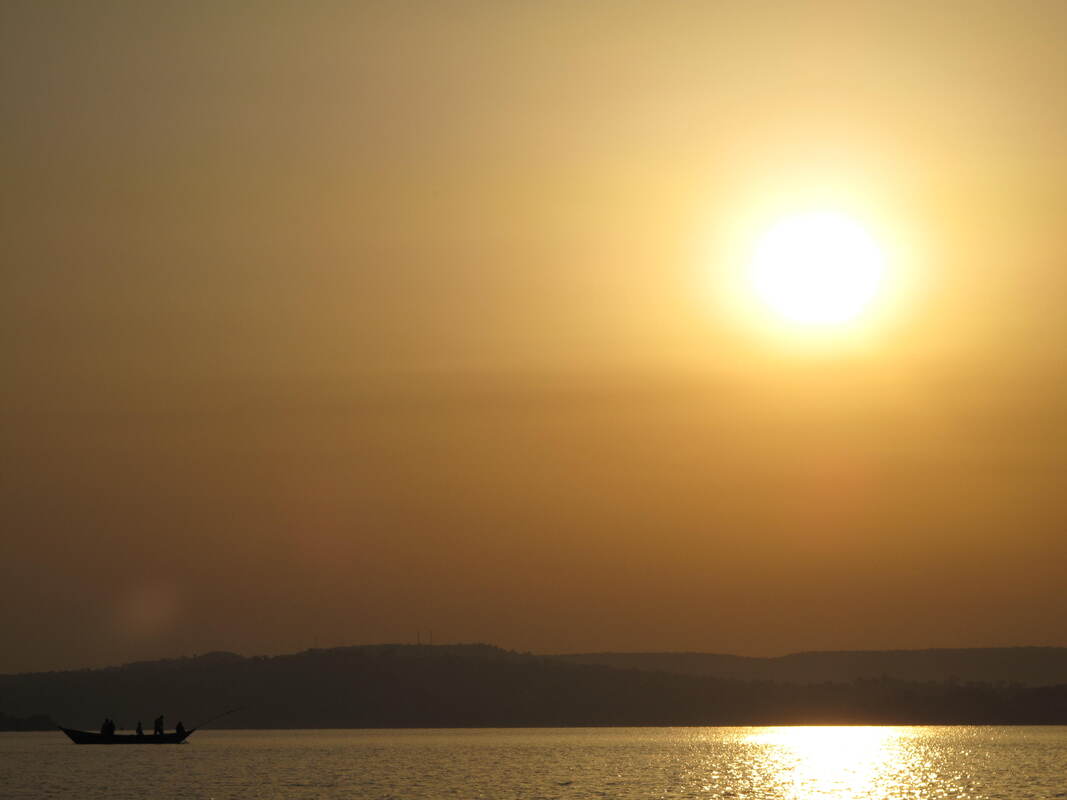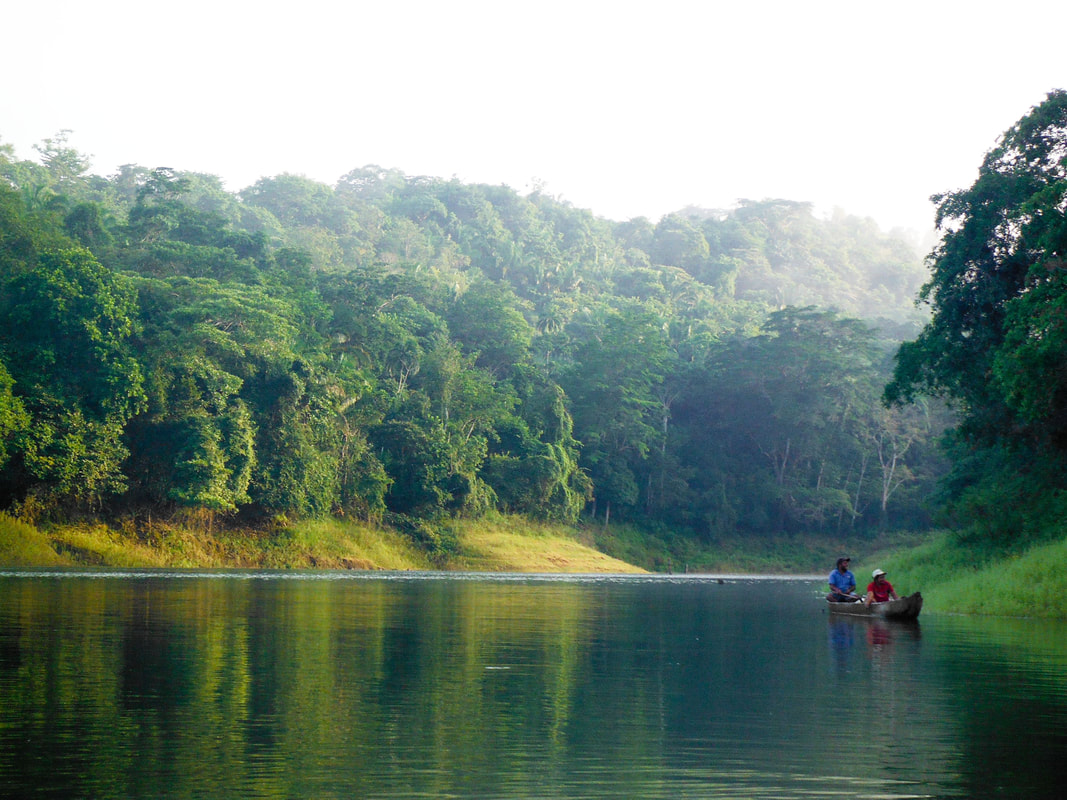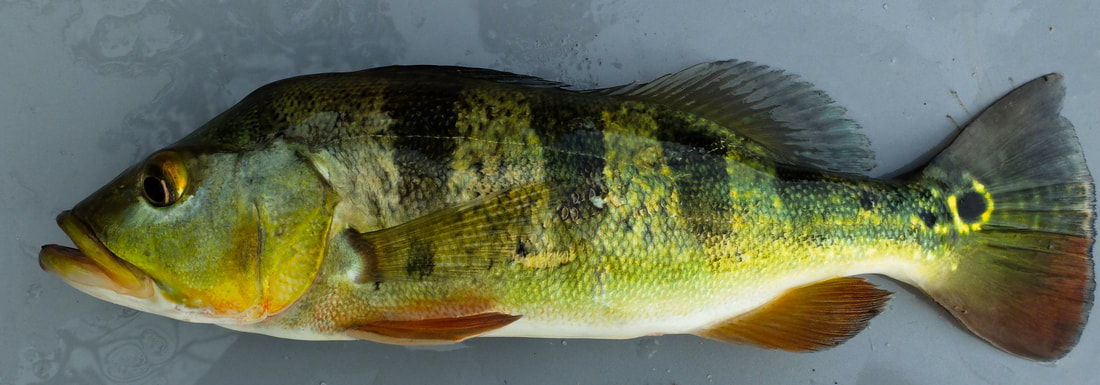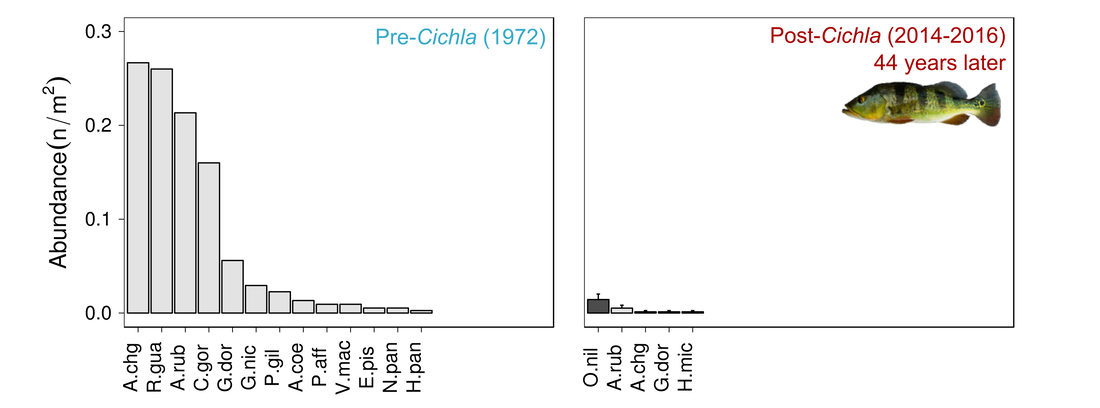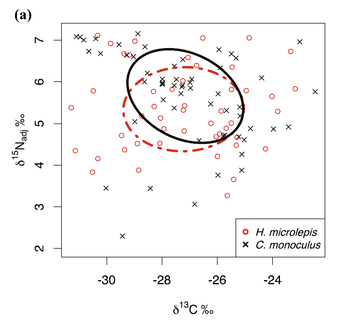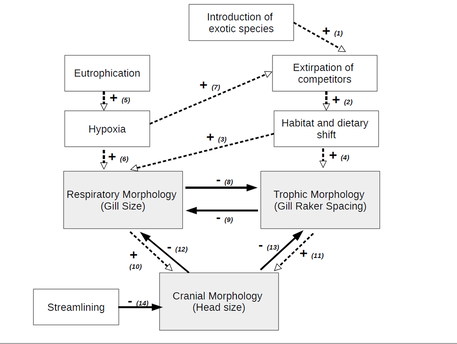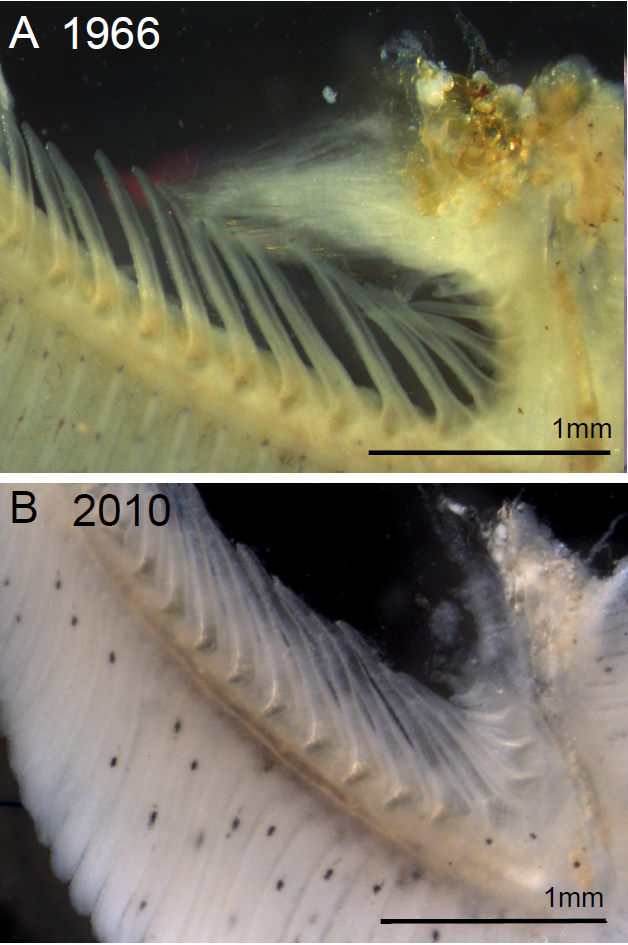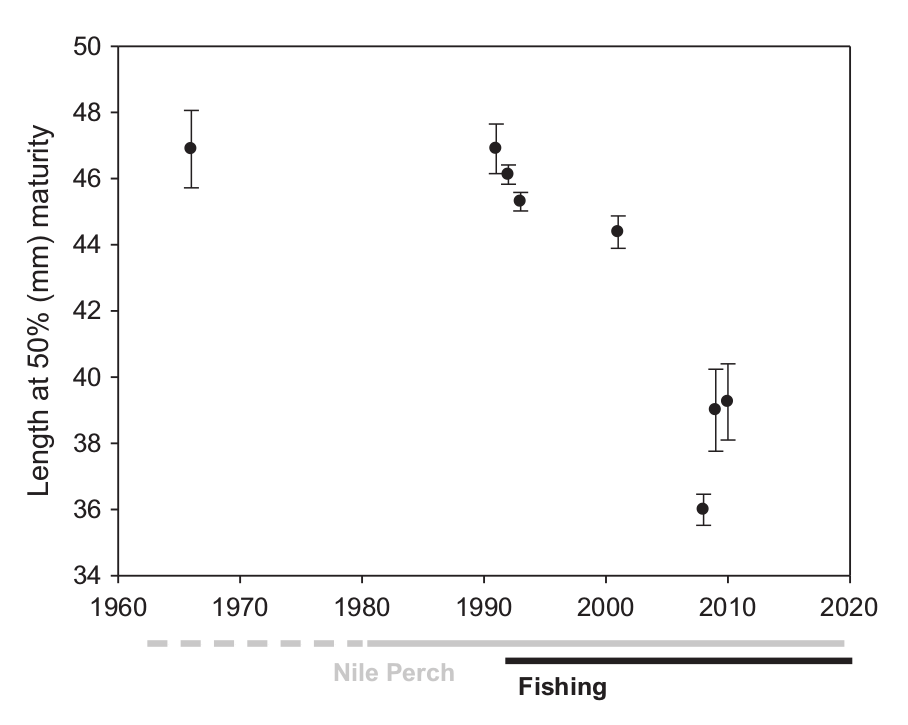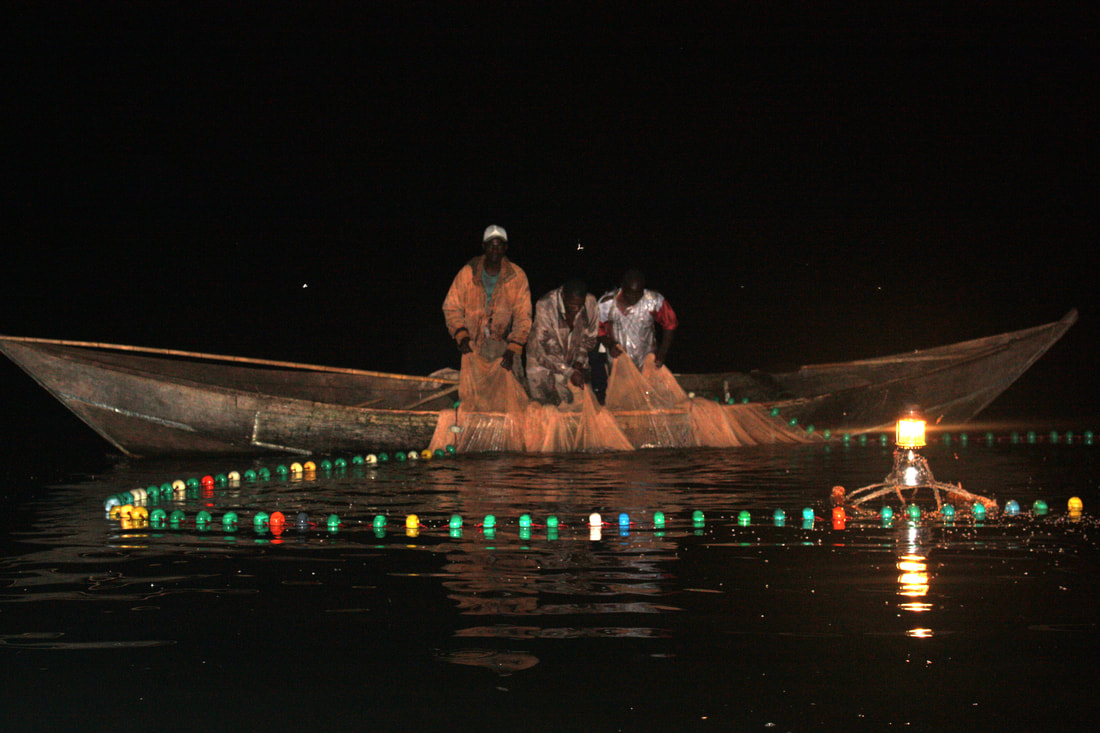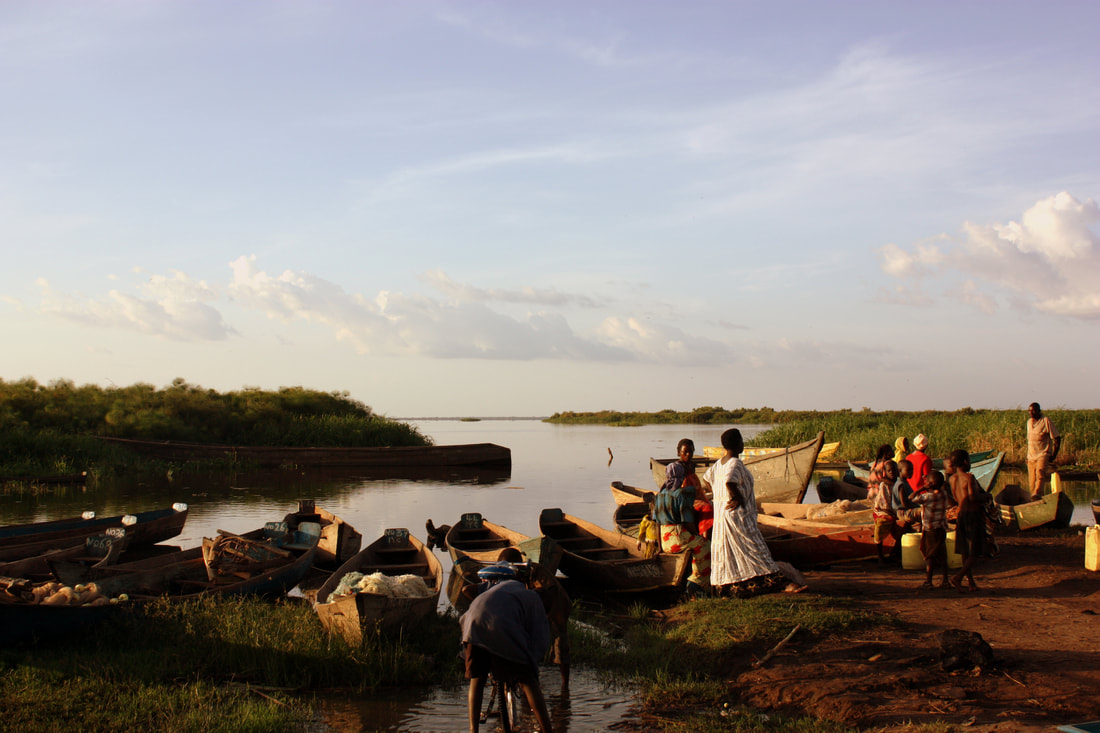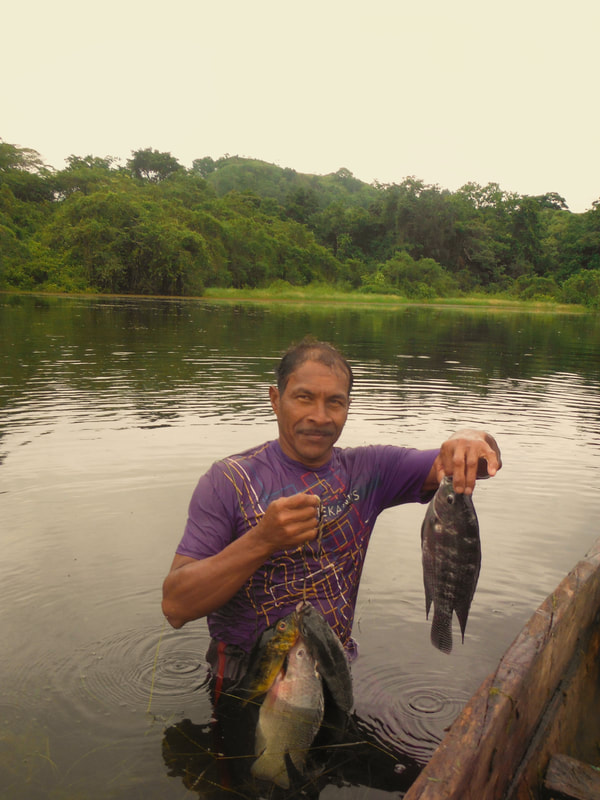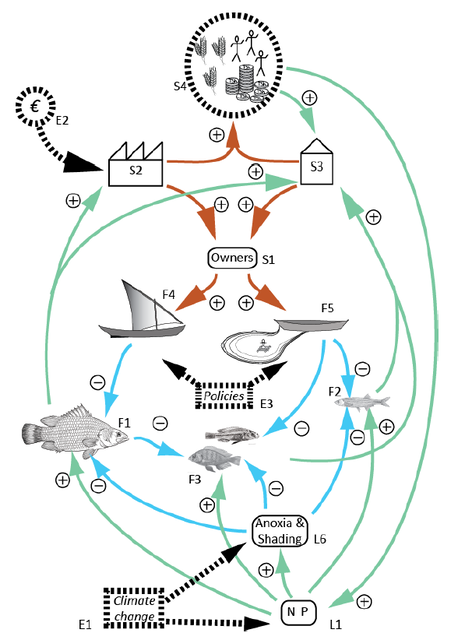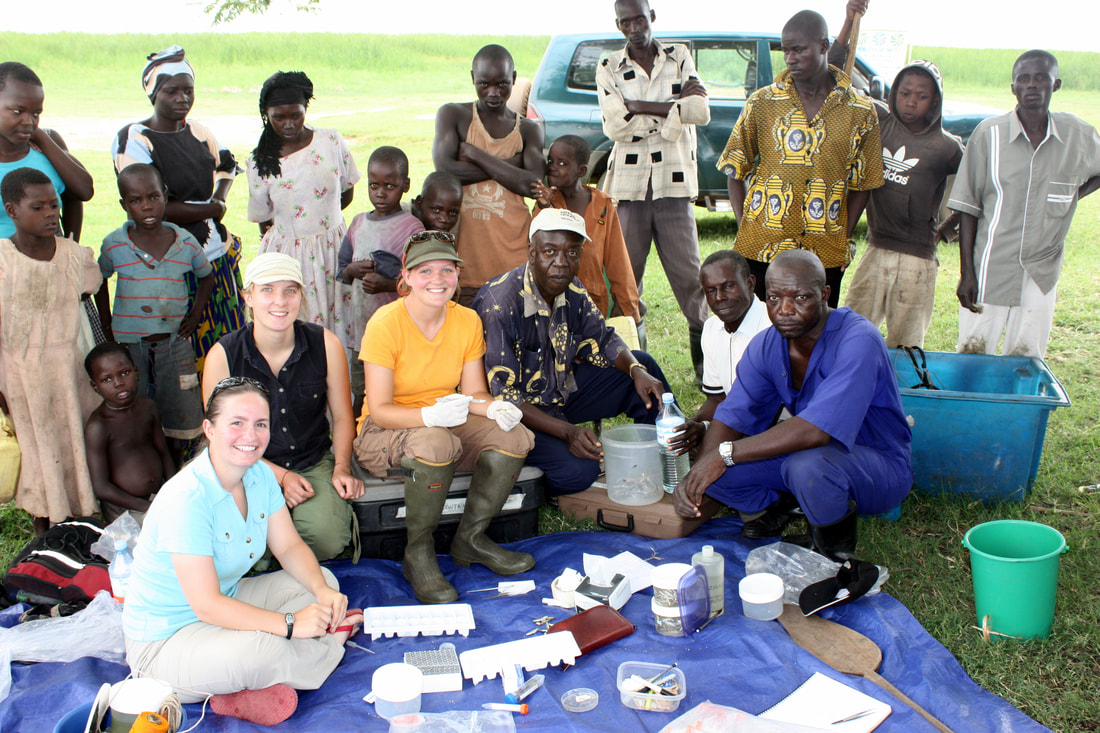I am interested in understanding how major drivers of global environmental change (biological invasions, eutrophication, over-fishing, habitat degradation) impact highly-diverse tropical freshwater ecosystems:
My research program centres around three main questions:
1. What are the long-term impacts of introduced piscivores on community structure and diversity?
Findings:
We found that the native community has experienced strong, and sustained declines in the abundance, biomass, and local diversity of native freshwater fishes over the past 45 years. Comparisons with contemporary, non-invaded sites supported this pattern, and further showed how the trophic structure and size distribution of Lake Gatun’s fish community has been strongly skewed by this novel apex predator.
We found that the native community has experienced strong, and sustained declines in the abundance, biomass, and local diversity of native freshwater fishes over the past 45 years. Comparisons with contemporary, non-invaded sites supported this pattern, and further showed how the trophic structure and size distribution of Lake Gatun’s fish community has been strongly skewed by this novel apex predator.
Publications related to this work:
Media coverage of this work:
"Predator Invasion had devastating, long-term effects on native fish", Smithsonian Newsdesk, Dec. 12 2016.
"Peacock bass invasion had devastating, long-term impact on Panama’s fish" Smithsonian Insider, Dec. 12 2016.
"Una invasión que persiste 45 años después" Scientific American, Jan 5 2017
"El pez sargento sigue acabando con las especies nativas del Canal." La Estrella de Panama, Dec. 13 2016.
"La invasión de un depredador tuvo efectos devastadores de largo plazo en peces nativos." Radio Panama, Dec. 12 2016
Funding:
- Sharpe, D. M. T., De León, L. F., González, R. and Torchin, M. E. 2017. Tropical fish community does not recover 45 years after predator introduction. Ecology, 98: 412–424. doi:10.1002/ecy.1648
Media coverage of this work:
"Predator Invasion had devastating, long-term effects on native fish", Smithsonian Newsdesk, Dec. 12 2016.
"Peacock bass invasion had devastating, long-term impact on Panama’s fish" Smithsonian Insider, Dec. 12 2016.
"Una invasión que persiste 45 años después" Scientific American, Jan 5 2017
"El pez sargento sigue acabando con las especies nativas del Canal." La Estrella de Panama, Dec. 13 2016.
"La invasión de un depredador tuvo efectos devastadores de largo plazo en peces nativos." Radio Panama, Dec. 12 2016
Funding:
2. What are the impacts of introduced piscivores on native food webs?
Objective:
We are using a combination of stomach contents analysis and stable isotope anlaysis to examine the food-web consequences of the introduction of the predatory peacock bass.
We are using a combination of stomach contents analysis and stable isotope anlaysis to examine the food-web consequences of the introduction of the predatory peacock bass.
|
Findings:
In collaboration with Marisol Valverde, we have so far examined trophic interactions between this novel predator and Gatun’s previously-dominant native predator, the dogfish Hoplias microlepis. We have found that H. microlepis has persisted despite high dietary overlap with the Peacock bass, partially due to the adoption of alternative feeding strategies such as scavenging of fisheries discards. |
Publications related to this work:
- Valverde, M.*, D.M.T Sharpe, M.E. Torchin, D.G. Buck, and L.J. Chapman. 2019. Trophic shifts in a native predator following the introduction of a top predator in a tropical lake. Biological Invasions. doi: 10.1007/s10530-019-02119-1
3. HOW DO MULTIPLE DRIVERS OF GLOBAL ENVIRONMENTAL CHANGE INTERACT TO IMPACT FUNCTIONAL TRAITS?
Objective:
Using museum collections, we explored phenotypic change in Rastrineobola argentea (a commercially-important cyprinid native to Lake Victoria) in response to multiple drivers of global environmental change (introduction of exotic species, fishing, and eutrophication/hypoxia) in Lake Victoria over the past 50 years.
Using museum collections, we explored phenotypic change in Rastrineobola argentea (a commercially-important cyprinid native to Lake Victoria) in response to multiple drivers of global environmental change (introduction of exotic species, fishing, and eutrophication/hypoxia) in Lake Victoria over the past 50 years.
Findings:
We found that contemporary R. argentea had significantly larger gills, likely representing a direct, adaptive response to more frequent bouts of hypoxia over time; but that this also resulted in correlated (and potentially maladaptive) changes in other structures, illustrating how trade-offs can constrain adaptation to multiple stressors.
We also found that predation from the introduced Nile perch and the onset of commercial fishing coincided with rapid and substantial life history changes, including increased reproductive investment and maturation at smaller body sizes.
We found that contemporary R. argentea had significantly larger gills, likely representing a direct, adaptive response to more frequent bouts of hypoxia over time; but that this also resulted in correlated (and potentially maladaptive) changes in other structures, illustrating how trade-offs can constrain adaptation to multiple stressors.
We also found that predation from the introduced Nile perch and the onset of commercial fishing coincided with rapid and substantial life history changes, including increased reproductive investment and maturation at smaller body sizes.
Publications related to this work:
- Sharpe, D.M.T. and Chapman, L. J. 2018. Contemporary phenotypic change in correlated characters in the African cyprinid, Rastrineobola argentea. Biological Journal of the Linnean Society, 124(1): 85-98.
- Sharpe, D.M.T., Low-Décarie, E., Langerhans, B. and Chapman, L.J. 2015. Little evidence for morphological change in a resilient endemic species following the introduction of a novel predator. Journal of Evolutionary Biology. 28 (11): 2054 – 2067. doi: 10.1111/jeb.12720
- Sharpe, D.M.T., Wandera, S.B. and Chapman, L.J. 2012. Life history change in response to fishing and an introduced predator in the East African cyprinid Rastrineobola argentea. Evolutionary Applications, 5(7): 677-693. doi:10.1111/j.1752-4571.2012.00245.x. (PDF)
Ultimately, the goal of my research program is to generate knowledge that can assist local stakeholders as they develop policies to conserve and manage tropical inland waters.
|
|
